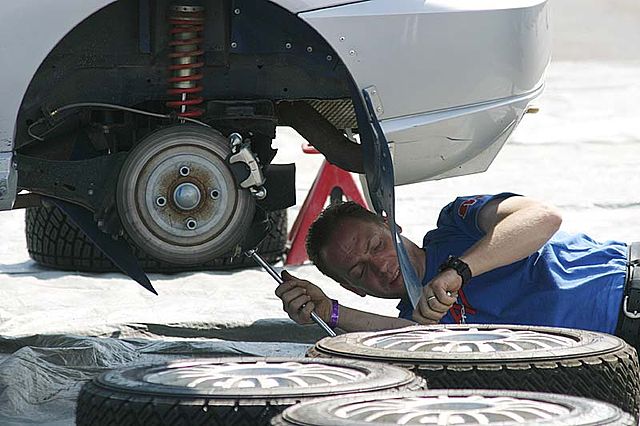
A car's transmission is among its most important elements, accountable for transferring power from the engine to the wheels. When transmission issues arise, they can affect the lorry's longevity, efficiency, and security. A comprehensive transmission check helps identify possible issues and ensure the system works effectively. Allow's explore the steps associated with diagnosing and addressing transmission issues.
Signs of Transmission Troubles. Before diving into the analysis process, it's essential to acknowledge usual symptoms of transmission concerns, such as:

Delayed equipment changes or slipping between equipments. Uncommon sounds like grinding, whining, or clunking. Burning scents or fluid leakages under the automobile. Caution lights on the dashboard, such as the "check engine" light. Resolving these signs and symptoms early through a comprehensive check can protect against expensive fixings down the line.
Steps in a Thorough Transmission Check. Meeting with the Car Proprietor:. The procedure begins with gathering details from the owner. Professionals ask regarding the symptoms experienced, driving conditions, and the lorry's upkeep background. This step aids limit prospective reasons.
Visual Assessment:. The mechanic begins by analyzing the transmission on the surface. This consists of checking for:
Liquid leaks around the transmission and its elements. The problem of transmission fluid, which ought to be red and tidy. Dark, burnt-smelling fluid indicates overheating or contamination. The honesty of connections, wires, and installs. Liquid Degree and Quality Examine:. Transmission liquid is vital for lubrication, air conditioning, and smooth equipment operation. Auto mechanics utilize the dipstick to examine the liquid level and examine its color and smell. Low or contaminated liquid typically points to inner concerns or leaks.
Analysis Scanning:. Modern vehicles have a Transmission Control Component (TCM) that keeps an eye on the transmission's performance. Auto mechanics link an Onboard Diagnostics (OBD-II) scanner to get mistake codes that suggest particular transmission-related concerns.
Practice Run:. A practice run permits the professional to observe the transmission's actions under actual driving conditions. Throughout this examination, they assess:
Gear shifts for delays, slipping, or harshness. Acceleration and slowdown performance. Abnormal sounds or resonances. Advanced Testing:. If first checks do not expose the trouble, service technicians execute further tests, such as:
Hydraulic Pressure Checking: Measures the liquid pressure within the transmission to determine clogs or failing elements. Transmission Pan Assessment: Eliminating the frying pan to inspect for debris, such as metal shavings, which suggest interior damage. Electrical System Screening: Makes certain that solenoids, sensors, and circuitry connected with the transmission are operating appropriately. Reporting and Recommendations:. Once the analysis process is total, the specialist supplies the proprietor with a detailed report, explaining the findings and recommending essential repair work. Typical repairs might include liquid replacement, gasket repair services, or part substitutes like solenoids or torque converters.
Preventative Actions for Transmission Health And Wellness. Regularly inspect and alter transmission liquid as suggested by the maker. Avoid aggressive driving or overloading the lorry. Address minor transmission issues promptly to avoid further damage. Verdict. An extensive transmission check is an extensive process that integrates visual examinations, analysis tools, and hands-on testing to identify issues accurately. By looking for professional assistance at the first indication of difficulty, car proprietors can keep their transmission's health, making sure smoother adventures and avoiding costly fixings. Routine upkeep is the vital to prolonging the life of this vital system, making it a top priority for every single driver.
Navigation
Home
Latest Posts
Experience Excellence at Jake Sweeney Mazda
Published May 27, 25
2 min read
Discover the Strong New 2025 Mazda CX-70 in Cincinnati
Published May 24, 25
2 min read
Experience Quality at Jake Sweeney Mazda
Published May 22, 25
2 min read